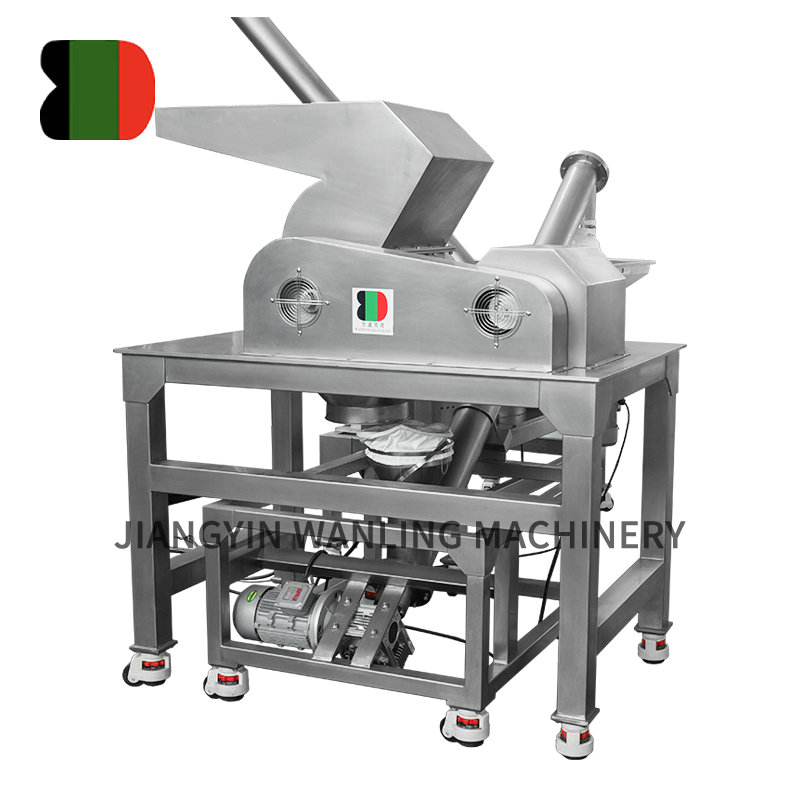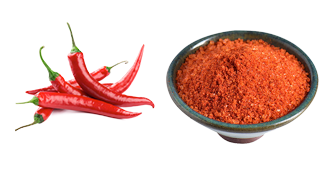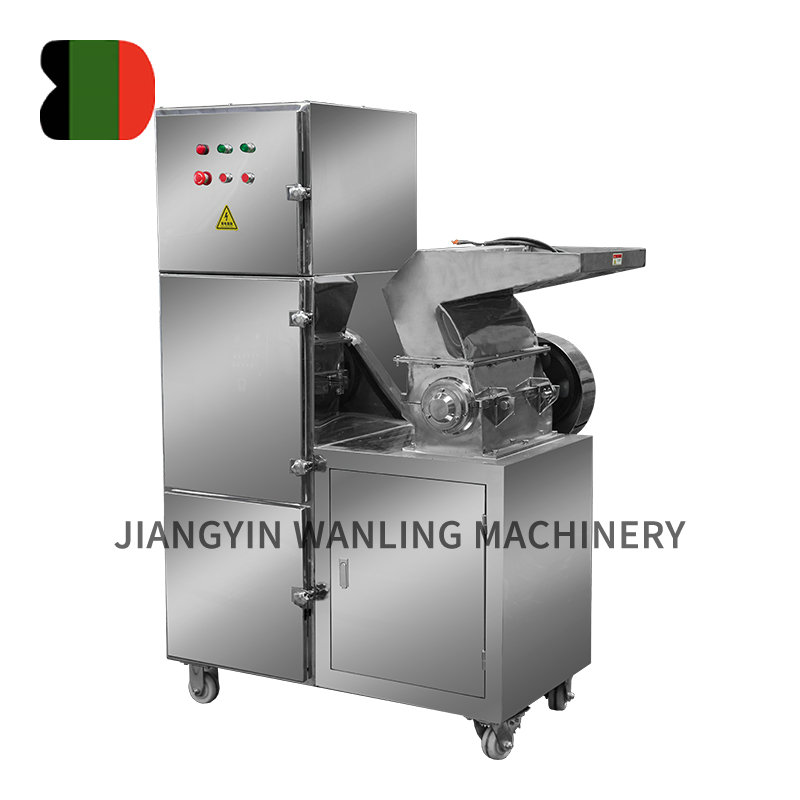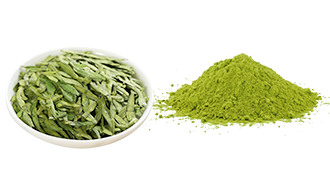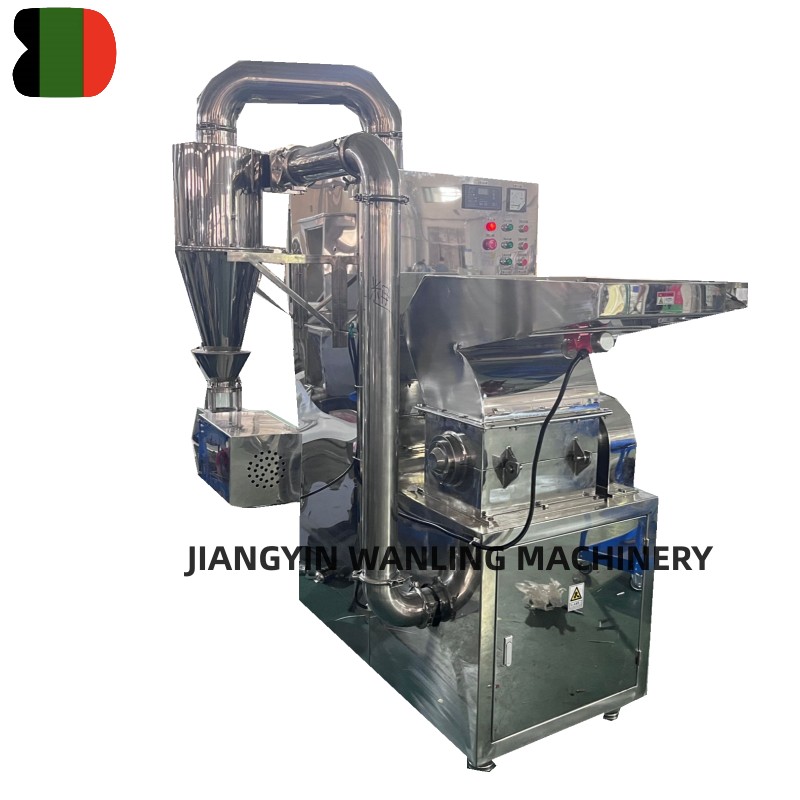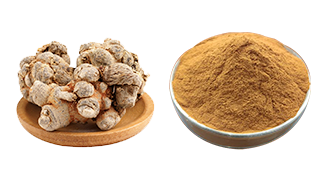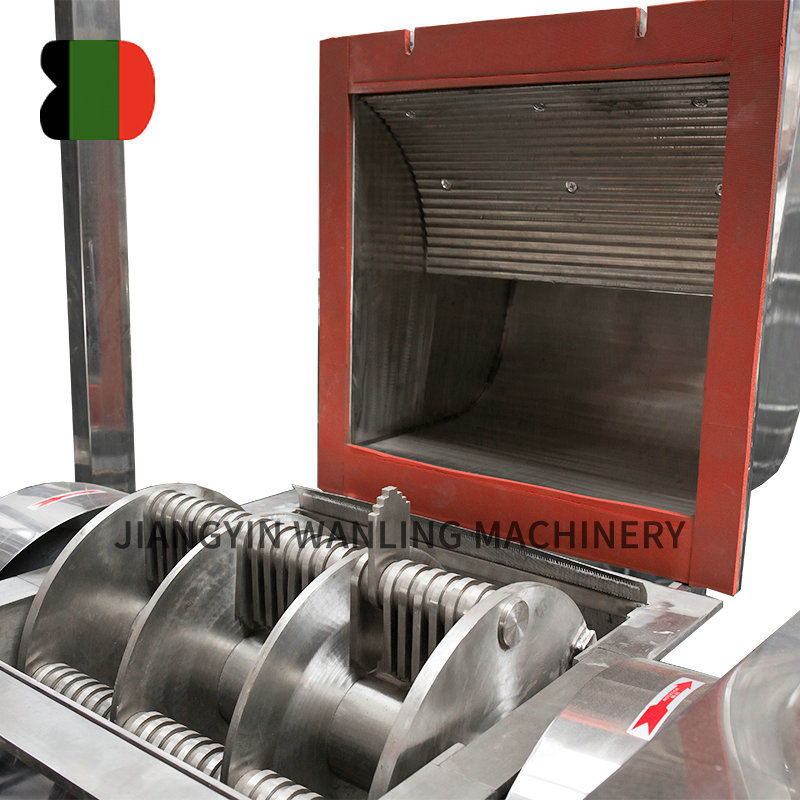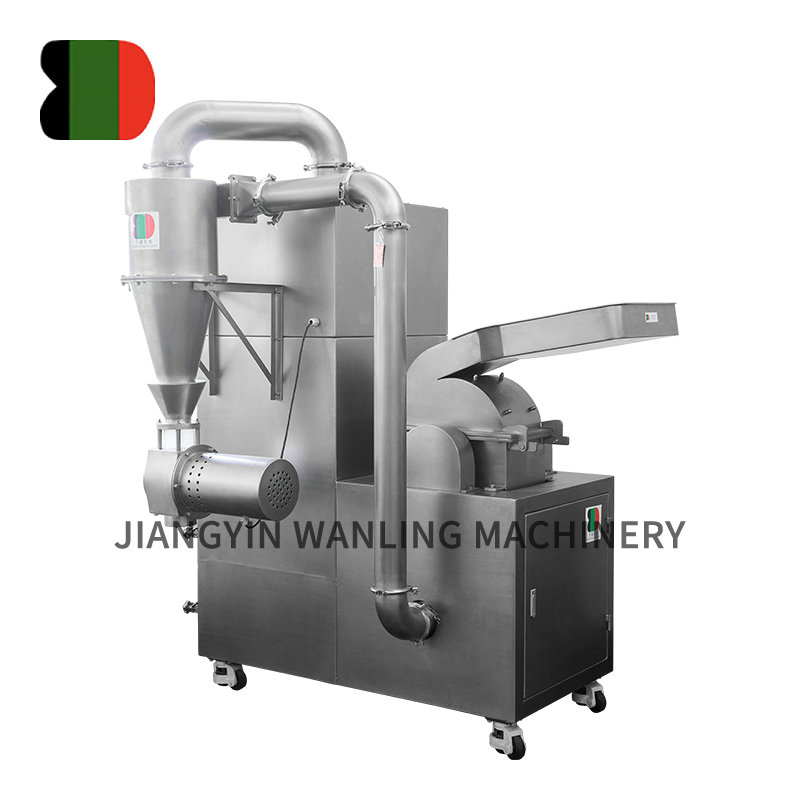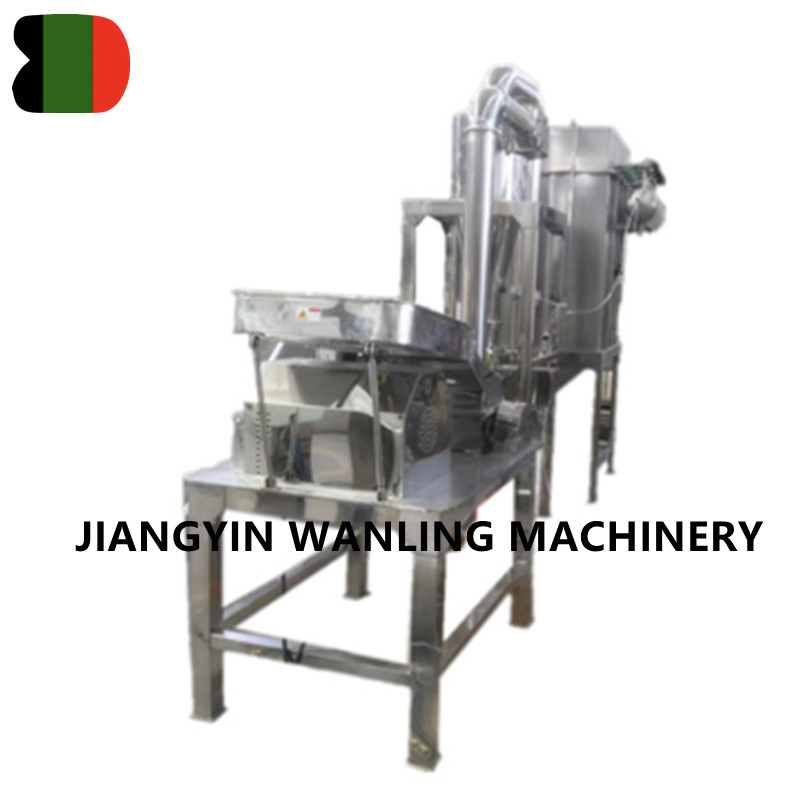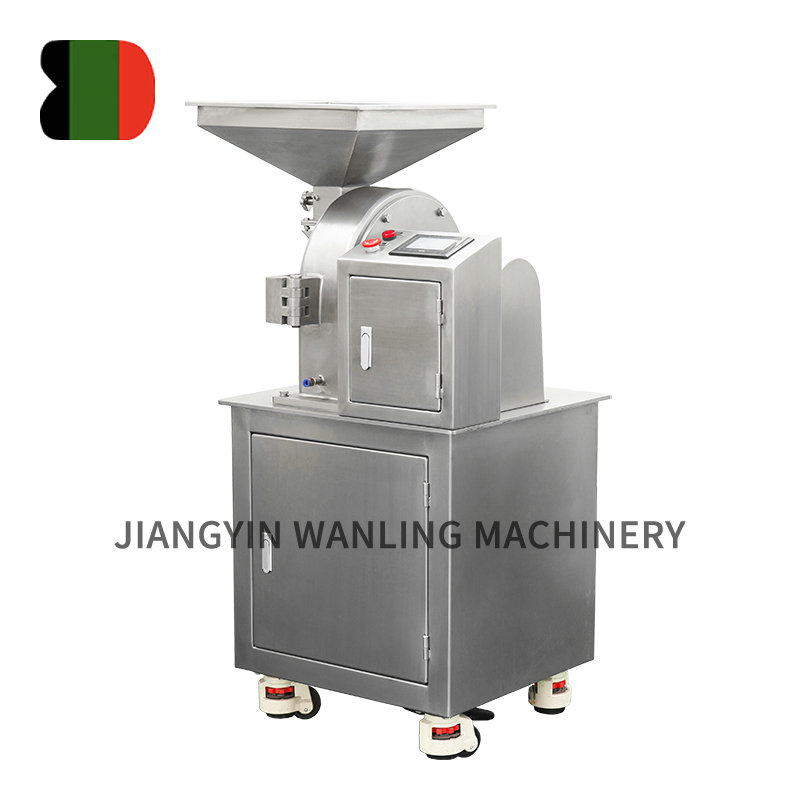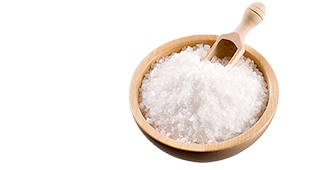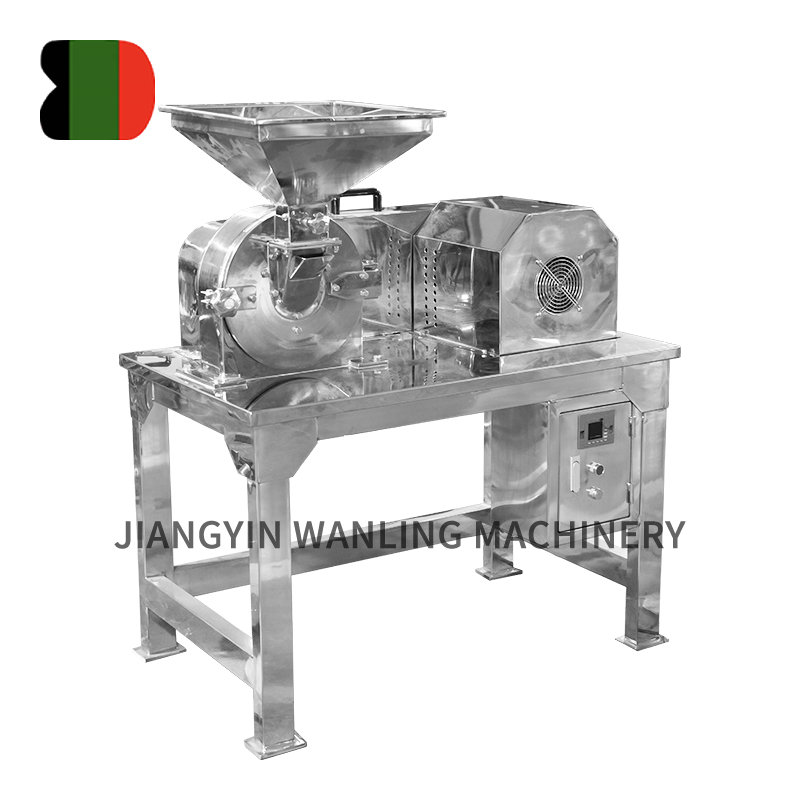Fluid bed granulation has become a cornerstone technique in modern pharmaceutical, chemical, and food industries due to its efficiency in transforming fine powders into free-flowing granules with controlled particle size and enhanced compressibility. The fluid bed granulator (FBG), as the core equipment for this process, offers superior mixing, drying, and granulation performance in a single unit, promoting both product quality and process efficiency.
This article provides a comprehensive overview of the working principles, design considerations, process parameters, advantages, limitations, and industrial applications of fluid bed granulators, with a focus on their evolving role in continuous manufacturing and process optimization.
1. Fundamentals of Fluid Bed Granulation
Fluid bed granulation involves suspending particles in an upward-flowing stream of heated air while simultaneously spraying a granulating solution or binder onto the fluidized powder. The process comprises three primary stages:
-
Fluidization: Hot air is introduced from the bottom of the chamber to fluidize the powder bed, creating a dynamic and turbulent environment.
-
Spraying: A binder solution is atomized through a nozzle and sprayed onto the fluidized particles, which causes particles to adhere and form granules.
-
Drying: The heated air evaporates the solvent or moisture from the binder, solidifying the granules and preventing agglomeration.
The result is uniform, dense, and mechanically stable granules with improved flow properties, compressibility, and dispersion behavior.
2. Design and Components of a Fluid Bed Granulator
A typical fluid bed granulator consists of several integrated components:
-
Air Handling Unit (AHU): Supplies filtered, temperature- and humidity-controlled air to ensure consistent fluidization and drying.
-
Product Chamber: The main granulation vessel where powders are fluidized and granulated; often designed with a Wurster column or partitioning zones in advanced models.
-
Spray Nozzle System: Delivers binder solution in atomized form; may be top-spray, bottom-spray, or tangential-spray depending on the process design.
-
Filter System: Captures airborne fines and prevents loss of product; bag filters or cartridge filters are commonly used.
-
Control System: Monitors and regulates temperature, airflow, spray rate, and pressure drop across the system to maintain process stability.
Modern systems often include CIP (Clean-in-Place) features, PAT (Process Analytical Technology) tools, and automated recipe management for GMP compliance and ease of operation.
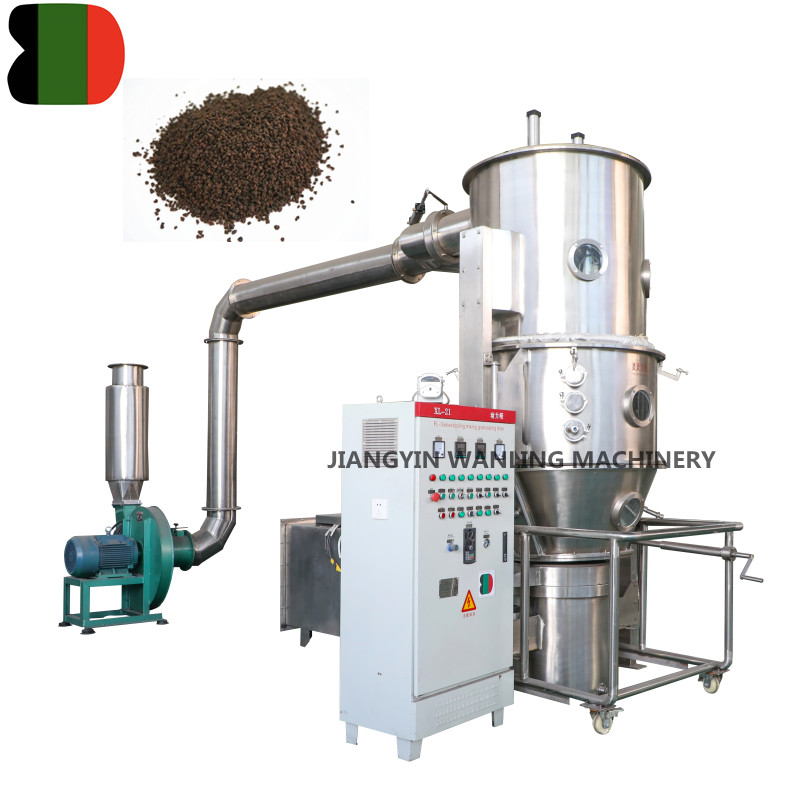
3. Key Process Parameters
The performance and reproducibility of fluid bed granulation heavily rely on the optimization of process parameters:
-
Inlet Air Temperature and Flow Rate: Affects drying efficiency and fluidization quality.
-
Spray Rate and Droplet Size: Determines binder distribution and granule growth; excessive spray can lead to overwetting or agglomeration.
-
Atomizing Air Pressure: Influences droplet size and spray dispersion; fine control prevents nozzle blockage and uneven granulation.
-
Bed Temperature: Controlled within a specific range to avoid degradation of heat-sensitive materials.
-
Moisture Content and End-Point Detection: Inline sensors such as NIR (Near-Infrared) spectroscopy help identify granulation endpoints accurately.
Balancing these variables ensures consistent granule characteristics and minimizes batch-to-batch variability.
4. Modes of Binder Application
Fluid bed granulators can be categorized by the direction and method of binder application:
-
Top-Spray Granulation: The binder is sprayed from above onto the fluidized bed; widely used for agglomeration and wet granulation in pharmaceuticals.
-
Bottom-Spray (Wurster) Coating: Originally designed for coating particles or pellets; can be used in granulation when precise application is required.
-
Tangential-Spray Systems: Feature a rotating disc and tangential air flow; suitable for larger or denser particles requiring more controlled granulation.
Each configuration has specific use cases depending on particle size, formulation properties, and desired granule morphology.
5. Advantages of Fluid Bed Granulation
The fluid bed granulation technique provides several benefits over conventional granulation methods like high-shear granulation or dry granulation:
-
Uniform Granule Size Distribution: Promotes superior tableting and encapsulation performance.
-
Integrated Process Steps: Combines granulation and drying in one unit, reducing equipment footprint and processing time.
-
Improved Product Stability: Granules formed via fluid bed techniques have lower residual moisture and higher structural integrity.
-
Scalability and Batch Flexibility: Easily adaptable from lab-scale units to full production systems.
-
Reduced Cross-Contamination Risk: Enclosed systems with in-line air filtration maintain product purity and hygiene.
These advantages make fluid bed granulators especially suited for regulated environments such as pharmaceutical and food-grade manufacturing.
6. Applications Across Industries
Pharmaceuticals:
Fluid bed granulators are widely used to produce granules for tablets and capsules with enhanced compressibility and dissolution profiles. They also support taste masking and controlled-release formulations through layering and coating processes.
Chemicals and Agrochemicals:
In chemical processing, FBGs are used to form granules from fine, dusty powders to reduce handling hazards and improve flow. In agrochemical production, they help in producing granules for fertilizers and pesticides with better application uniformity.
Food Industry:
FBGs are employed in the granulation of ingredients like instant soup powders, coffee, or nutritional supplements, improving solubility, texture, and stability.
Detergents and Cleaning Products:
Granulated detergents created via fluid bed systems show enhanced dissolution rates and reduced caking during storage.
7. Limitations and Challenges
Despite its benefits, fluid bed granulation does have certain limitations:
-
High Capital and Operational Costs: Initial equipment investment and energy consumption are higher compared to simpler granulation methods.
-
Material Sensitivity: Not suitable for highly cohesive or hydrophilic powders that are difficult to fluidize.
-
Scale-Up Complexity: Requires careful process development to maintain consistency across scales.
-
Risk of Overwetting or Agglomeration: Process deviations can quickly lead to undesired lump formation or poor granule uniformity.
To address these, manufacturers are increasingly integrating advanced controls, inline sensors, and simulation-based design methods to predict and mitigate risks.
8. Advances and Future Trends
Recent innovations have further expanded the capabilities and efficiency of fluid bed granulators:
-
Continuous Fluid Bed Granulation: Moving from batch to continuous systems enables real-time quality control and higher throughput.
-
Smart Sensors and AI-Based Controls: Implementation of PAT tools and machine learning allows adaptive control of granulation endpoints and quality parameters.
-
Closed-Loop Moisture Monitoring: Helps reduce cycle time and improve granule consistency by dynamically adjusting drying air and spray rate.
-
Modular Equipment Design: Facilitates rapid product changeovers and multi-product flexibility.
These advances are positioning fluid bed technology at the center of Industry 4.0 strategies in pharmaceutical and food manufacturing.



 Español
Español